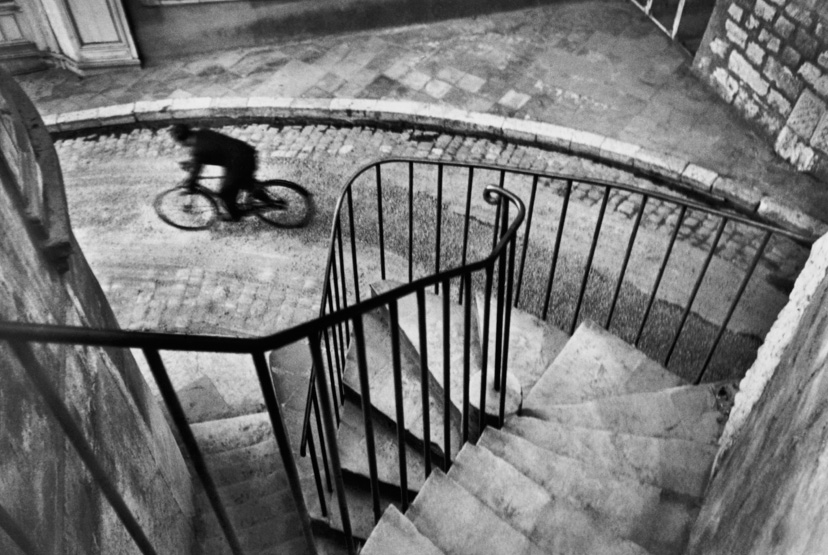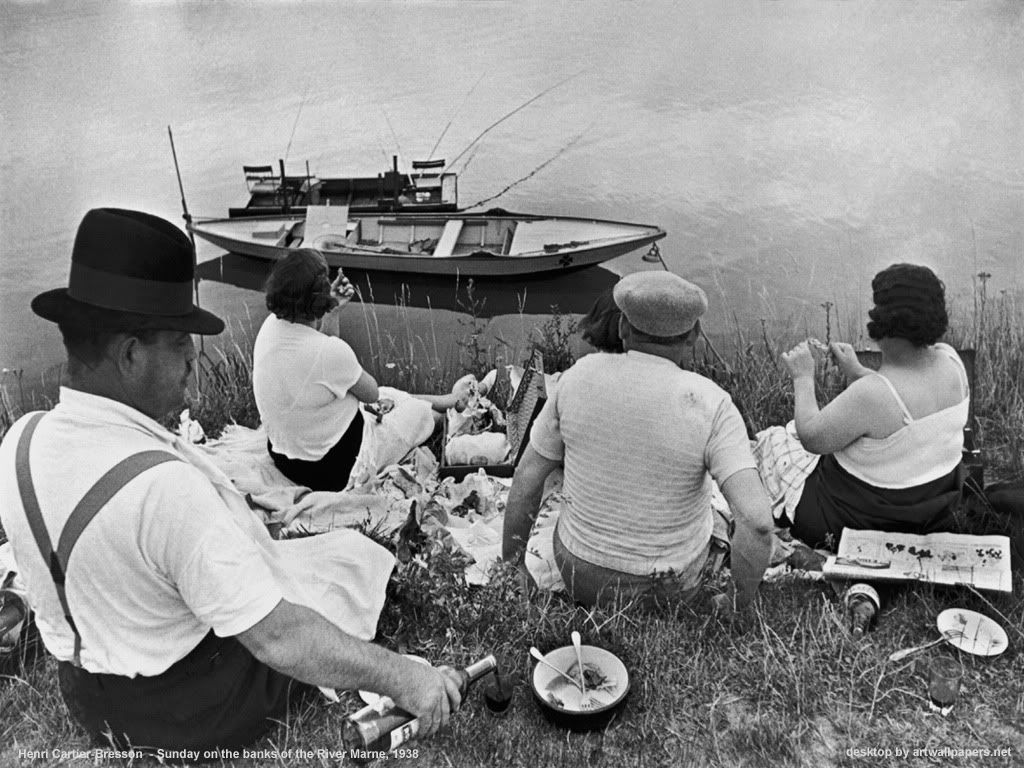I'm Rebecca, a friend of Clare's who is also taking Art in IB. I'll be guest-blogging here from time to time upon Clare's request.
Moving on, if you happen to be a full, (diploma), IB student, as I am, then one of the requirements for the program is the Extended Essay. Being enrolled in IB Visual Arts gives you what I believe to be a very approachable and interesting subject to consider choosing for your essay.
As a student who recently submitted her Visual Arts EE, I can say that while 4000 words can seem daunting, if you find a subject/topic that really holds your interest it's not really a large number.
Within the subject of Visual Art there really are endless topics that you can choose to focus on, from the work of a specific artist to an artistic movement, to modern architecture and so much more.
Picking a topic may have been one of the more stressful decisions I've had to make in regards to IB. It's very hard to commit yourself to one topic for two whole years, especially when you're as indecisive as I can be.
While it is an important decision, try not to stress yourself out about it too much. If you can't think of a topic, don't panic, you never know where inspiration will come from.
Some suggestions to help with thinking of a topic:
- Read the news
- There's always some type of art sparking some type of controversy somewhere in the world, so go read some articles!
- Watch TV
- Programs like 60 Minutes always have some interesting stories for inspiration
- Listen to the Radio
- I accidentally found one of the resources I used for my EE through a CBC broadcast on art forgery. You never know what you might hear.
- Talk to your mentor
- Your mentor is there to help you and if s/he happens to be your art teacher, (which I would assume to be the case if you're doing a Visual Arts EE), then s/he probably knows you well enough to give you ideas that would really interest you.
I, personally, focused on art forgery in my essay. I found this to be an interesting combination of an English essay and a History essay and the stories behind paintings and forgers themselves were interesting, giving me a lot to write about. I learned a lot about the workings of the art world, from what really goes on in auction houses to how to successfully create and sell a convincing fake, (not that I plan to forge 18th century paintings anytime soon, but it's interesting nonetheless).
So if you're thinking about Art for the subject of your EE, I would highly recommend it.
Here are some resources that may be helpful in pinpointing a topic or deciding if you really do want to take on art as your EE subject.
- You can go here or here, for current articles about art
- To find artists involved in different art movements you can go here
Like Clare, I'll leave you with a painting. Though it's not a painting I particularly enjoy, it is one of the paintings I discussed in my EE, Christ at Emmaus by Han Van Meegeren.

-Rebecca.


